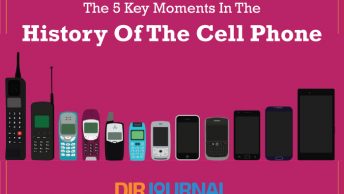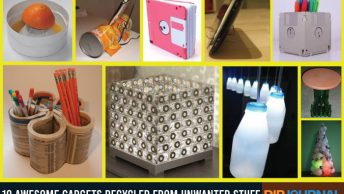Wireless technology has changed the face of communication and with the creation of Bluetooth; people felt they have seen it all.
However, the quintessential mobile has just become more endearing and turned our savior. From now on, it will also call the doctor in case of an emergency and its owner is unwell.
Latest research shows that the mobile technology has been given the capability to call the doctor when the owner of the phone is in danger. This works for patients with chronic health problems, such as people who are at risk for a diabetic collapse or a heart attack. With sensors implanted inside the bodies of such people, doctors will be able to monitor them remotely.
If the “in-body network” of sensors recorded that the person had suddenly collapsed, then an alert would be automatically sent to a surgery or a hospital nearby. These network sensors monitor the patients’ moves and pick up health signs that can prove to be dangerous, such as high blood sugar levels or an attack of asthma, and send an alert via a portable monitor or a home hub.
This research is being carried out at Portsmouth as well as many universities in the UK.
They say that these networks may use a spectrum that is allotted to be used by these sensor networks. The main belief behind this technology is that radio spectrum can be used in many ways to help people.
Scientists say that this is not only useful in cases of emergencies but can also be programmed to detect if a patient failed to take his medicines. A pill box containing the patient’s medicines would send an automatic reminder, and if the pills are not taken within a certain time, an alarm would go off and a message would be sent to the patient’s family or doctor. Scientists believe that this technology can be very useful for older people who live alone and have the tendency to forget even important things such as taking their medicine on time. Research is going on to add the required communication technology to these devices, most probably using Bluetooth or wireless local area networks.
There is also research being done on “on-body monitors,” which are small devices that people could wear to check their vital health signals, such as their blood pressure and pulse. They can also be used to detect heart conditions, diabetes, asthma and the device would send signals using a wireless technology such as Bluetooth, from the body to the portable monitors, such as a mobile phone or a home hub.
There are also going to be wireless food content scanners that could change the way we shop, as it helps people scan the content of the food wrapper easily, thus ensuring that their dietary requirements are being met. This can be useful for people who have food allergies, such as allergy for nuts as well as diabetics.
All these are still in the initial stages of research and some of these technologies may come into use in the next five to ten years. Finland has already developed a mobile phone that has a nutritional scanner and a similar technology could be in the UK market in the next five years.
Scientists are also looking at another angle where GPS and wireless technologies can ensure better safety levels when driving. Intelligent transport systems that are being developed by car manufacturers will allow cars to communicate with other cars and send alerts. In case of a collision, the emergency services would be called by the car system automatically. This technology may also apply brakes if the car is getting too close to another vehicle. Paramedics at the scene of the accident would carry a small computer with them that would pick up wireless messages from the bracelet in the watch of the driver. This way, the paramedics can gain access to the driver’s medical history.
As beneficial as this technology may prove to be, experts are waiting to see the impact it has on personal privacy, whether the transfer of personal data is appropriate for the benefits. Their opinion is that anything that can help a human being is worth working on.
Once this technology is ready for the market, we are sure to find many screaming pill boxes, at least until people learn to calm them down.












